The drizzle settled across the pond in a fine mist, barely disturbing its surface. I was swimming a functional, if not particularly neat front crawl, my goggles steamed up, my vision impaired.
It was as I stopped at the buoy, snapped them across my forehead and turned to my left that I saw my companion. A great crested grebe, its feathery finery on full show, puttering along next to me. I swam alongside her with my head out. She seemed oblivious. Coupled with the chill of the water working its way into my core, I felt a surge of utter joy and complete calm.
This swim, at Highgate Men’s Pond on London’s Hampstead Heath, happened around a year into my quest to visit and swim in the rivers, lakes, seas and lidos visited by Roger Deakin in his nature writing classic, Waterlog.
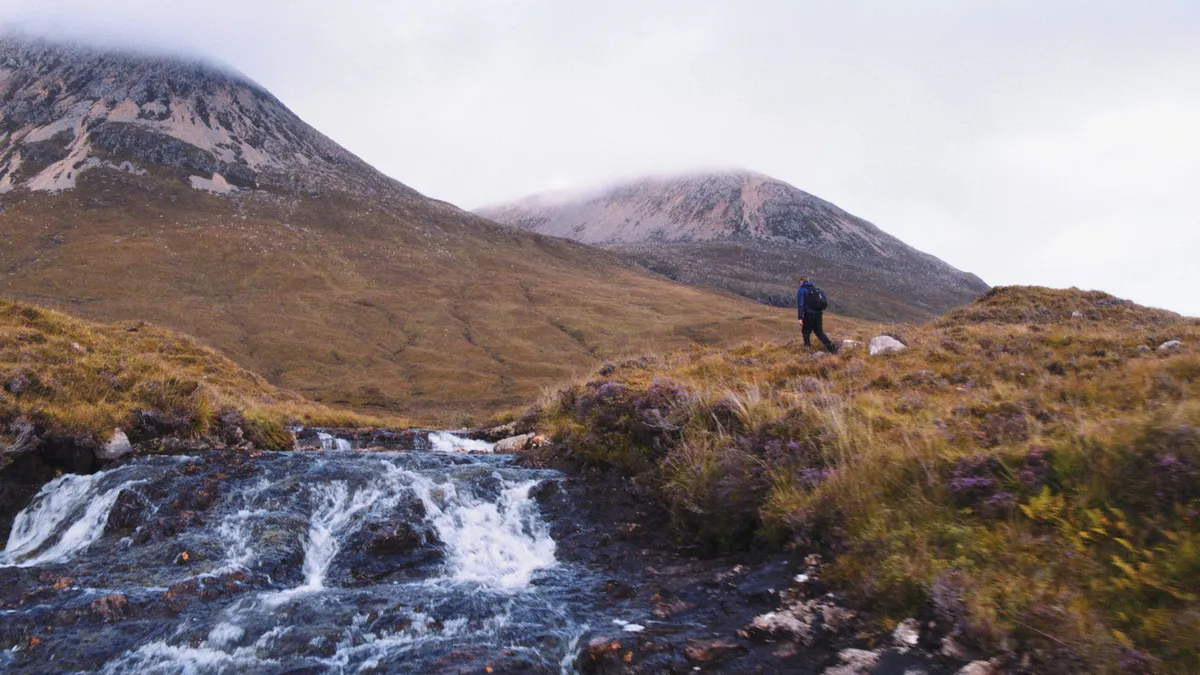
This had become a highly personal mission. I had fallen in love with Deakin’s book and his own subversive, impish and anti–authoritarian approach to the outdoors around 18 months previously, when I had first swum ‘wild’ in the mixed pond on the other side of the Heath. Those first swims had been a revelation. I discovered that entering an open, wild body of water calmed me in a way I had never experienced before.
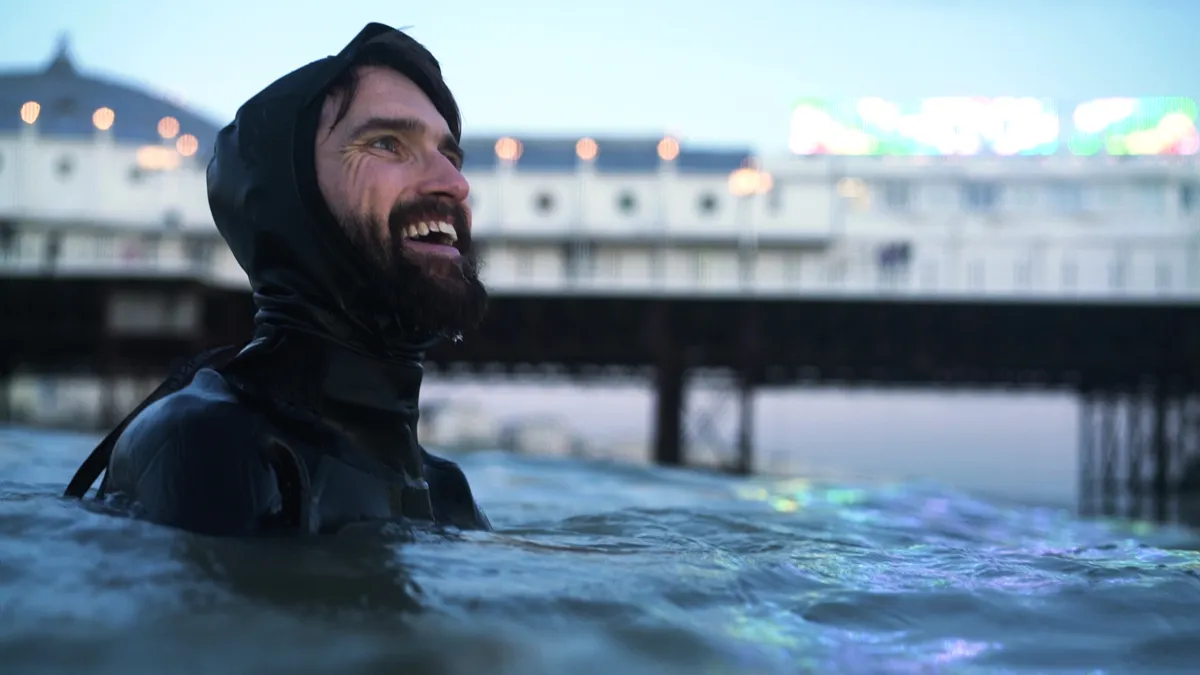
It was at this time that I finally admitted to myself, and to others, that I had anxiety. My stress levels were always high and I felt as if I was always on red alert. I was depressed and lonely through my work as an at–home freelance writer. In the water, I found an escape from these things. There was only now. A grand sense that survival, moving my arms, kicking my legs, regulating my breathing, was all that mattered.
I discovered that entering an open, wild body of water calmed me in a way I had never experienced before.
I turned to Deakin having read numerous swimming guide books. I loved his idea that water afforded you a ‘frog’s eye view of the world’. That going swimming was a chance to be ‘in’ the scene, rather than someone standing on it.
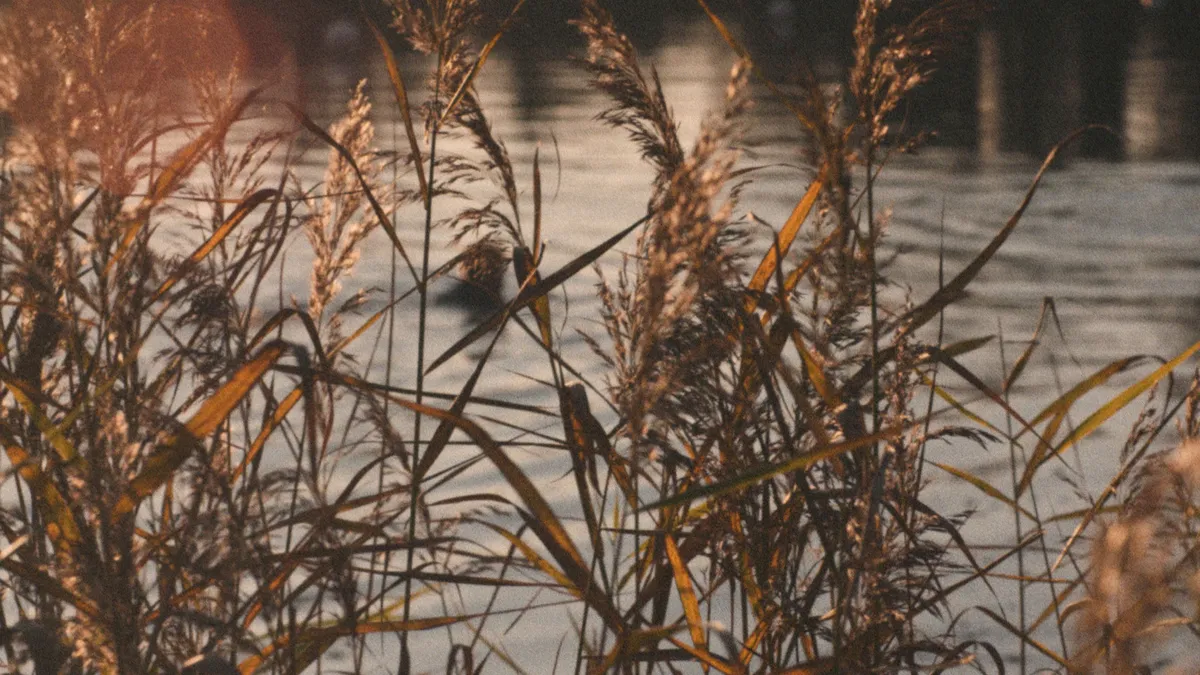
Casting around for a project that would give me a chance to swim more and alleviate my anxiety, I alighted on the idea of swimming in Deakin’s wake. It seemed straightforward at the time, but in fact it took almost three years to cover 77 swimming holes around the UK. I tacked out over kelp forests off Bryher on the Isles of Scilly, dropped into the underworld at a gorge called Hell Gill in Yorkshire and swam arcing breast stroke down the Cam at Grantchester on a scorching hot summer’s day.
What I found was that swimming, and being outdoors no matter the weather, was an amazing way to ease my stress and worry. I started swimming with friends. The group dynamic helped to stop the worst aspects of my loneliness. I also found that it made me more honest about my struggles, in turn leading me to speak with a therapist about how anxiety stalked my everyday life and how I could find ways to fix that when I couldn’t get to the water.
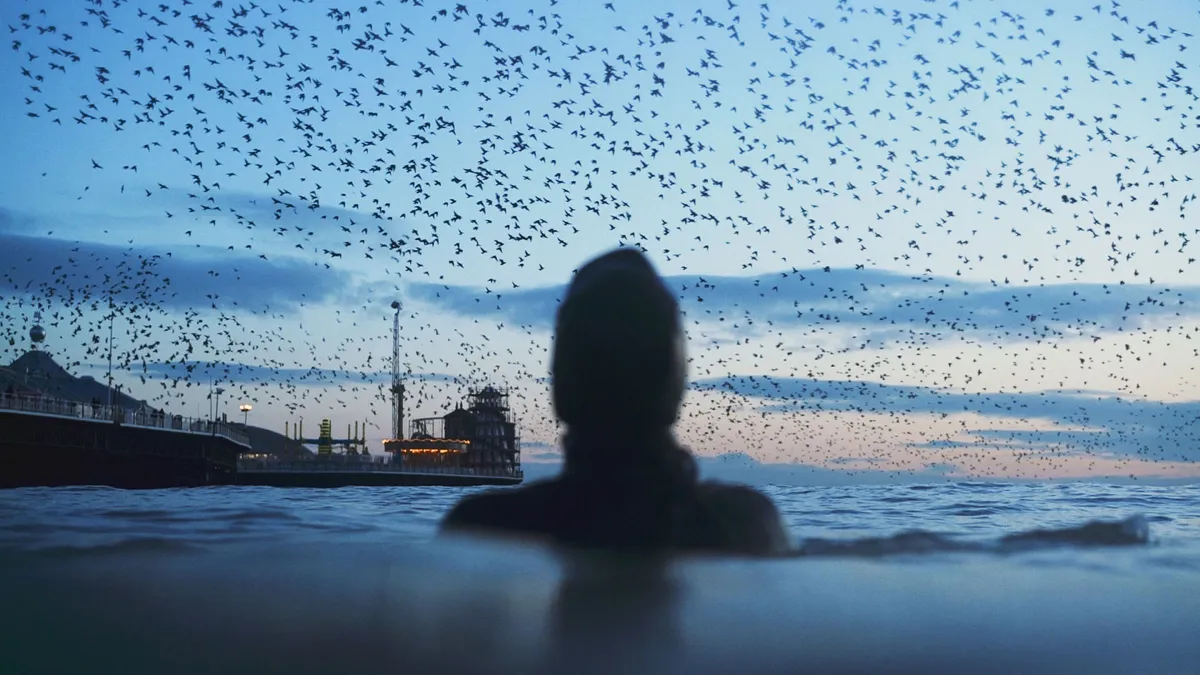
The process led me to write my own book, Floating, about my experiences. In the weeks after it first came out, I was contacted by Ben Cox, a Brighton–based filmmaker, about making a short documentary about my experiences.
That film, Waterlog, is a document of a year’s swimming, from lochs in Scotland to lakes in Sussex, rivers in Suffolk to winter seas where we dipped beneath starling murmurations. It tells the story of my anxiety and my recovery and acts as a visual companion to the book.
Swimming isn’t the only way to find joy and hope in the outdoors. But for me, its elemental nature makes it the perfect way to find a sense of peace. Without Roger Deakin, I doubt I would have fallen for it quite so hard.
Five favourite UK swimming spots
Hampstead Mixed Pond, London
London’s Hampstead Heath has three swimming ponds. I love the mixed pond because it’s where I first fell in love with wild swimming. You share the water with coots, moorhens and grebes, plus the unseen creatures of the deep!
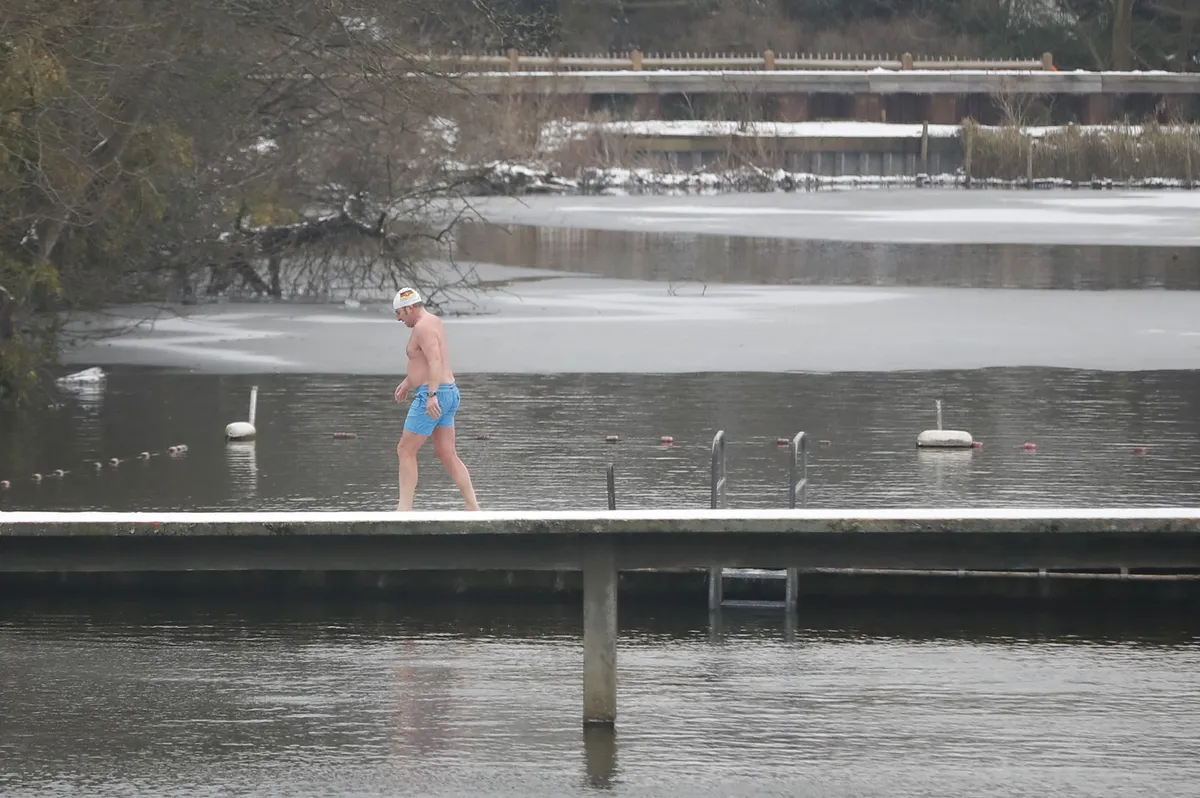
Hell Bay, Bryher, Isles of Scilly
The Isles of Scilly aren’t easy to reach and the mid–Atlantic water is much colder than on the mainland, even in summer. But the swimming at Hell Bay, across kelp forests, is some of the purest and most beautiful bathing imaginable.
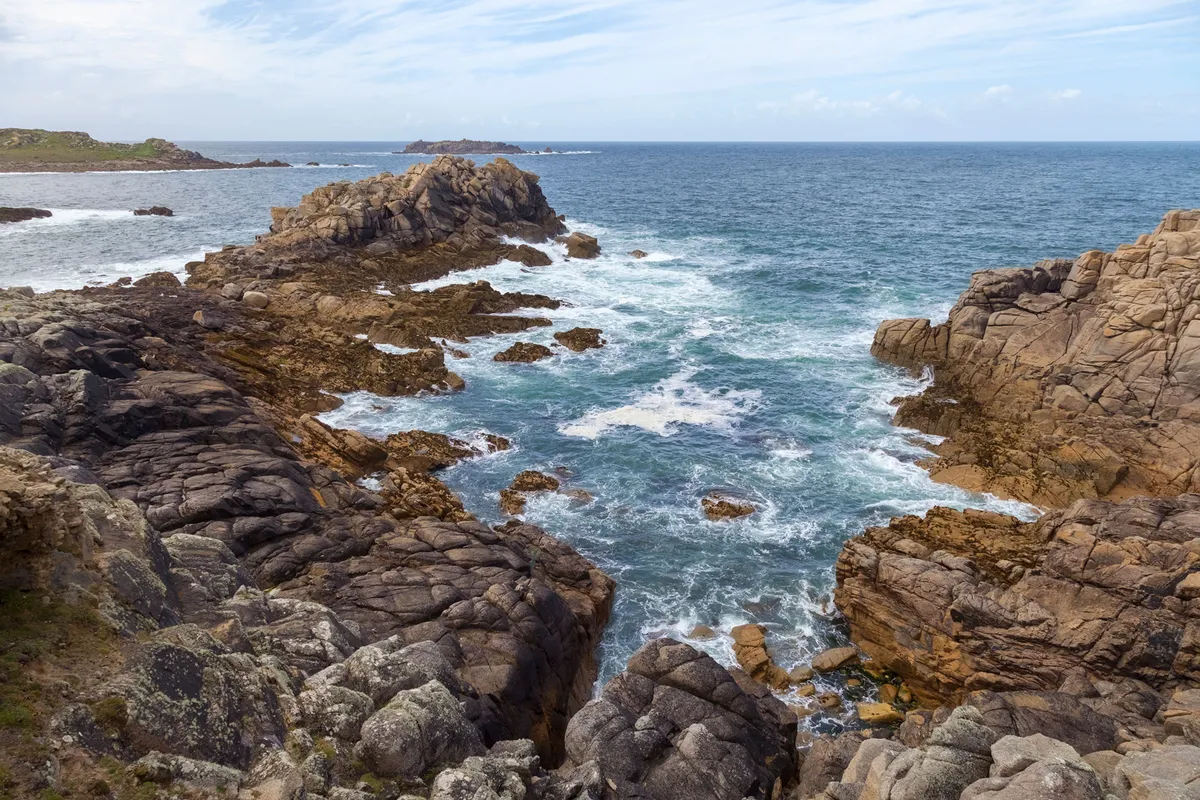
Kemp Town, Brighton
There are prettier beaches. There are sandier beaches. But this is my local spot, where I swim every day. I love that no two days are the same. Sometimes it’s pancake flat, other days I can only bob in the shallows as the wind whips in.
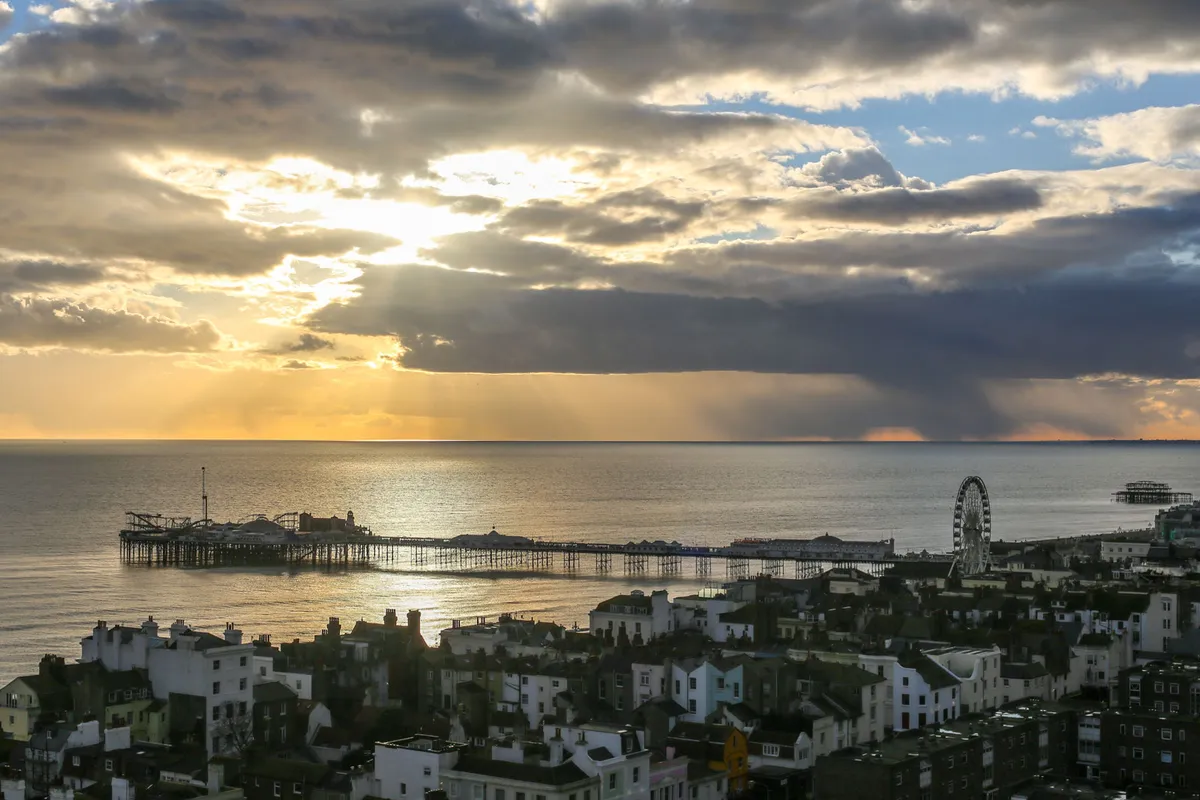
River Wharfe, Bolton Abbey, Yorkshire
The ‘beach’ opposite the ruins of Bolton Abbey offers easy access to the riffling shallows of the Wharfe. The views are spectacular. This is a great introduction to river swimming.
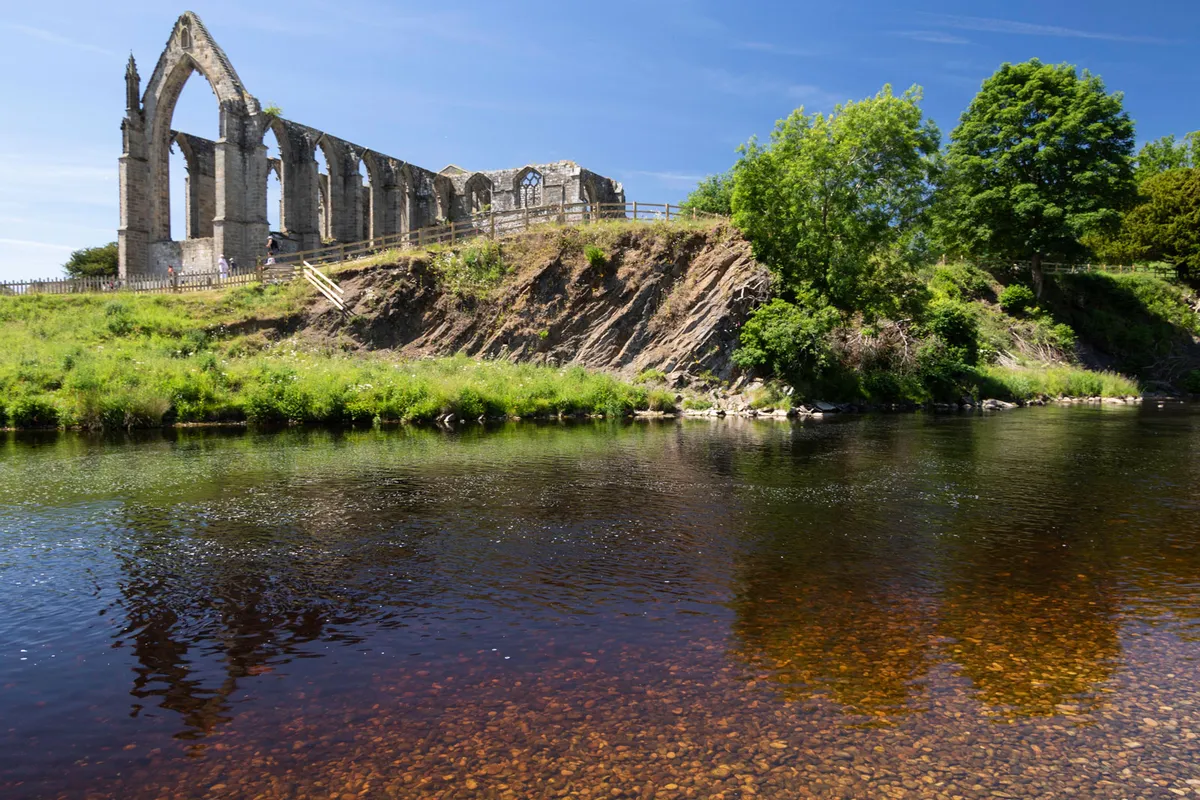
Llyn Cwm Bychan, Wales
In the distant Rhinnogg mountains of mid Wales, Llyn Cwm Bychan is a vast lake troubled by few visitors. The water is cool and refreshing, tumbling off the surrounding mountains.

How to find a moment of calm in nature
Don’t rush
It sounds obvious, but tramping at speed means you’re less likely to appreciate what’s around you. Perhaps take longer over a short walk to really look at a river or the sea and notice how it’s always changing.
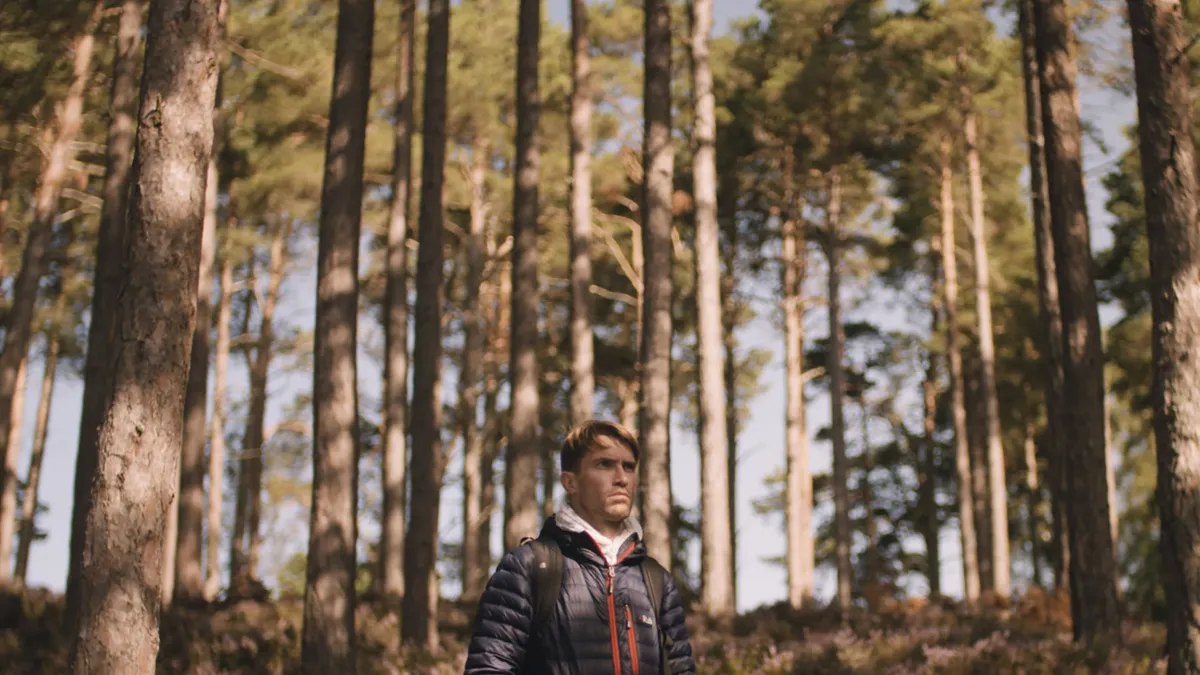
Find joy in everyday wildlife
While out swimming, or walking, it can be easy for wildlife lovers to search out birds or mammals that aren’t often seen. But the more common birdlife and animals can bring just as much joy. Stopping to watch a seagull swoop on the sea’s surface or listening to a robin can be less stressful than trying to seek out rare creatures.
Joe Minihane is the author of 'Floating: A Life Regained', a swimming memoir which follows in the footsteps of Roger Deakin